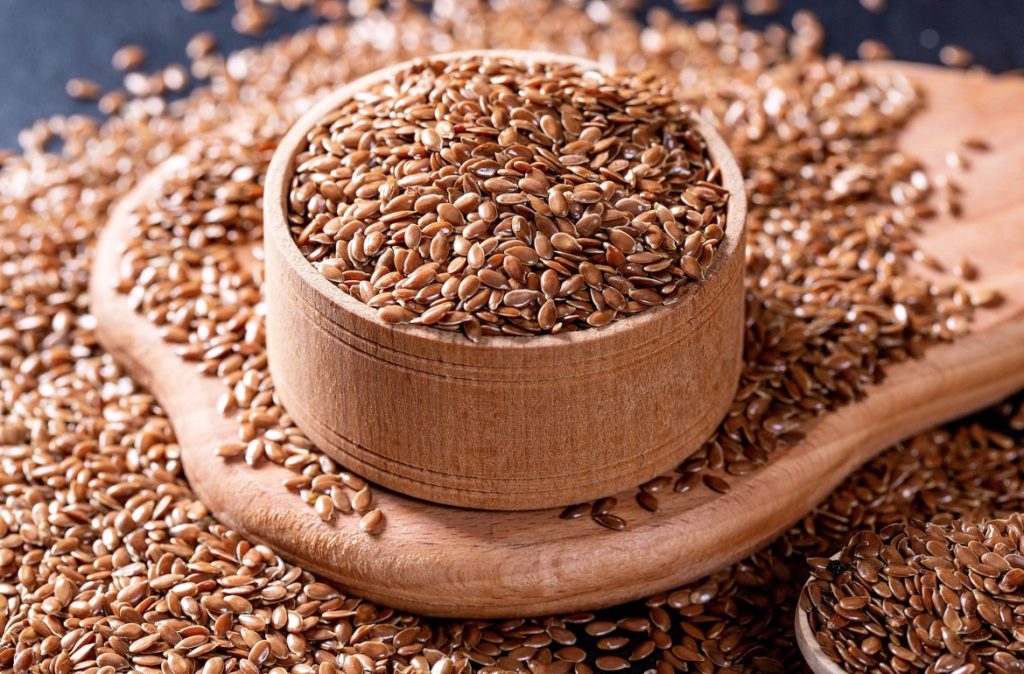If you want to stay healthy for the long-term then filling up on high-fiber foods is always a good idea. Important dietary fiber not only helps to keep you feeling fuller longer, but it also helps to keep your digestive system regular and your heart healthy. However, eating the recommended daily dose isn’t always that easy, especially as it seems so much easier just to grab a fast meal than to eat something healthy.
What is Dietary Fiber?
Dietary fiber, which is also classified as bulk or roughage, includes parts of certain plants that the body is unable to absorb or digest. Unlike other types of food nutrients such as proteins, fats, and carbohydrates (which the body can readily absorb) dietary fiber is not able to be digested. Instead, the fiber moves intact through the stomach, small intestine, and colon and then out of the body.

What does dietary fiber do?
There are two main types of fiber: soluble, which can be dissolved in water; and insoluble, which cannot be dissolved.
Here’s how these types act:
- Soluble Fiber – When soluble fiber comes into contact with water, it dissolves to form a gel-like substance. This type of fiber helps to lower a person’s glucose levels and blood cholesterol.
- You can find soluble fiber in foods such as oats, beans, peas, citrus fruits, apples, carrot, Psyllium (Plantago ovate), and barley. On a side note, you can get also obtain fiber through eating mangoes, (mango dietary fiber = 1.6 g per 100 g, or about 5 grams per mango).
- Insoluble Fiber – This type of fiber works differently than the soluble kind. Instead of turning into a gel-like substance, insoluble fiber pushes the movement of food through a person’s digestive system. It also increases the bulk of the stool, making it extremely beneficial for people who suffer from abnormal stools and constipation. You will find insoluble fibers in the form of wheat bran, nuts, whole wheat bread, beans, cauliflower, potatoes, and green beans.
It’s important to remember that the amount of these two fibers will vary depending on the type of plant it is derived from. In order to make sure that you benefit the most it is important to eat a wide array of foods that are high in fiber.
Sources of Fiber
The foods mentioned above are just a mere few of the gigantic selection fiber-rich foods. So, if you thought beans were the only magical foods, you’d be wrong.
Here is a list of foods that contain large amounts of fiber:
- Artichokes – Did you know that this little vegetable is packing more fiber than any other vegetable? One artichoke contains about 10 grams of fiber.
- Peas – On their own, peas contain next to no fiber. However, one cup of peas contains about 9 grams of fiber.
- Raspberries – Not only are these one of the best berries to have during the summer, they also contain 8 grams of fiber. Put these on your parfait to give it an extra boost of fiber!
- Coconut – Everyone’s favorite tropical fruit is actually considered a rival to other sources of fiber like oat bran and wheat bran. Why? A tiny sliver can provide you with 16 percent of your daily fiber intake.
- Pears – Perhaps you’re not an apple person and prefer pear dietary fiber instead. A medium sized pear contains about 6 grams of fiber, which is actually more than is found in apples. It is the skin of the pear is what’s packing all of the fiber, so there’s no need to peel it!
Eating a fiber-based diet has many benefits such as maintaining the health of your bowels, helping with weight loss, lowering your cholesterol levels, and actually helps you to live a longer life.

